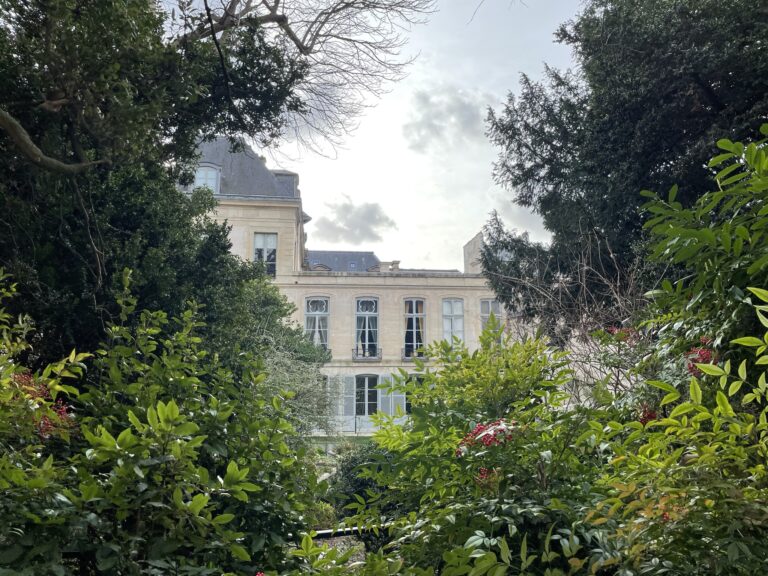20 Italian Phrases to Know Before You Go to Italy

Italy, a country rich in history, art, and culinary delights, is one of the most popular travel destinations in the world. While many Italians speak English, knowing a few key Italian phrases can enhance your experience and help you connect with locals in a more meaningful way. Whether you’re ordering at a restaurant, asking for directions, or just trying to be polite, these 20 Italian phrases will make your trip smoother and more enjoyable.
1. Ciao (Hello/Goodbye)
“Ciao” is the go-to informal greeting in Italy, used both to say hello and goodbye. It’s casual and friendly, perfect for everyday conversations with locals. For more formal situations, you can use “Buongiorno” (Good morning) or “Buonasera” (Good evening).
2. Grazie (Thank you)
Gratitude goes a long way in Italy, and “Grazie” is one of the most essential words to know. Pair it with “Prego” (You’re welcome) when someone thanks you back.
3. Per favore (Please)
If you’re asking for something, make sure to add “Per favore” at the end of your request. It’s a simple way to be polite, and Italians appreciate good manners.
4. Mi scusi (Excuse me)
Use “Mi scusi” when you need to get someone’s attention, ask for directions, or politely apologize in crowded areas. It’s the equivalent of “Excuse me” or “I’m sorry.”
5. Quanto costa? (How much does it cost?)
Whether you’re shopping for souvenirs or ordering food at a café, “Quanto costa?” will help you inquire about prices.
6. Dov’è… (Where is…?)
Use “Dov’è” followed by the location you’re looking for. For example, “Dov’è il bagno?” (Where is the bathroom?) or “Dov’è la stazione?” (Where is the train station?).
7. Parla inglese? (Do you speak English?)
While many Italians in tourist areas speak English, it’s polite to ask first. “Parla inglese?” shows that you’re making an effort to speak their language before switching to English.
8. Non capisco (I don’t understand)
If you’re struggling to follow along in a conversation, simply say “Non capisco.” Italians are usually more than happy to help you figure things out, often switching to slower Italian or English.
9. Posso avere…? (Can I have…?)
This phrase is perfect for ordering at restaurants or cafes. For example, “Posso avere un caffè?” (Can I have a coffee?).
10. Vorrei… (I would like…)
Another useful phrase when ordering food or drinks. “Vorrei” is slightly more polite and formal than “Posso avere.” For example, “Vorrei una pizza margherita” (I would like a margherita pizza).
11. Il conto, per favore (The bill, please)
When you’re ready to pay at a restaurant, use this phrase to ask for the check. Remember, in Italy, you often have to ask for the bill as it’s not automatically brought to you.
12. Acqua naturale/gassata (Still water/Sparkling water)
When ordering water, the waiter will likely ask if you want “naturale” (still) or “gassata” (sparkling). Knowing this ahead of time saves you from any confusion at the table.
13. Un tavolo per due, per favore (A table for two, please)
When you arrive at a restaurant, simply say “Un tavolo per due, per favore” to request a table for two. Adjust the number depending on your group size.
14. Che ore sono? (What time is it?)
If you need to ask for the time, “Che ore sono?” is the way to do it. It’s a handy phrase when navigating train schedules or planning your day.
15. È delizioso! (It’s delicious!)
Complimenting the food is always a good idea in Italy, where culinary pride runs deep. Use “È delizioso!” to express your satisfaction after a great meal.
16. Può aiutarmi? (Can you help me?)
If you’re lost or need assistance, “Può aiutarmi?” is the polite way to ask for help. Italians are generally friendly and willing to assist, especially if you’re making an effort to speak the language.
17. Ho bisogno di… (I need…)
Use “Ho bisogno di” when you need something specific, such as “Ho bisogno di un taxi” (I need a taxi) or “Ho bisogno di un medico” (I need a doctor).
18. Sto cercando… (I’m looking for…)
If you’re searching for something, such as a landmark or store, use “Sto cercando.” For example, “Sto cercando il Colosseo” (I’m looking for the Colosseum).
19. Va bene (Okay/Alright)
“Va bene” is a versatile phrase used to express agreement or acknowledgment. It’s similar to saying “Okay” or “That’s fine.”
20. Arrivederci (Goodbye)
When leaving a more formal setting, “Arrivederci” is the polite way to say goodbye. For casual interactions, you can stick with “Ciao.”
Final Tips for Using Italian Phrases
- Pronunciation matters: Italians appreciate when you try to speak their language, but proper pronunciation helps a lot! Emphasize vowels and roll your “r’s” to sound more natural.
- Confidence is key: Even if your Italian isn’t perfect, locals will appreciate your efforts to communicate in their language. Don’t be shy to try!
By learning these 20 essential Italian phrases, you’ll not only navigate Italy with more ease but also engage more deeply with the local culture. Happy travels, or as the Italians say, “Buon viaggio!”





